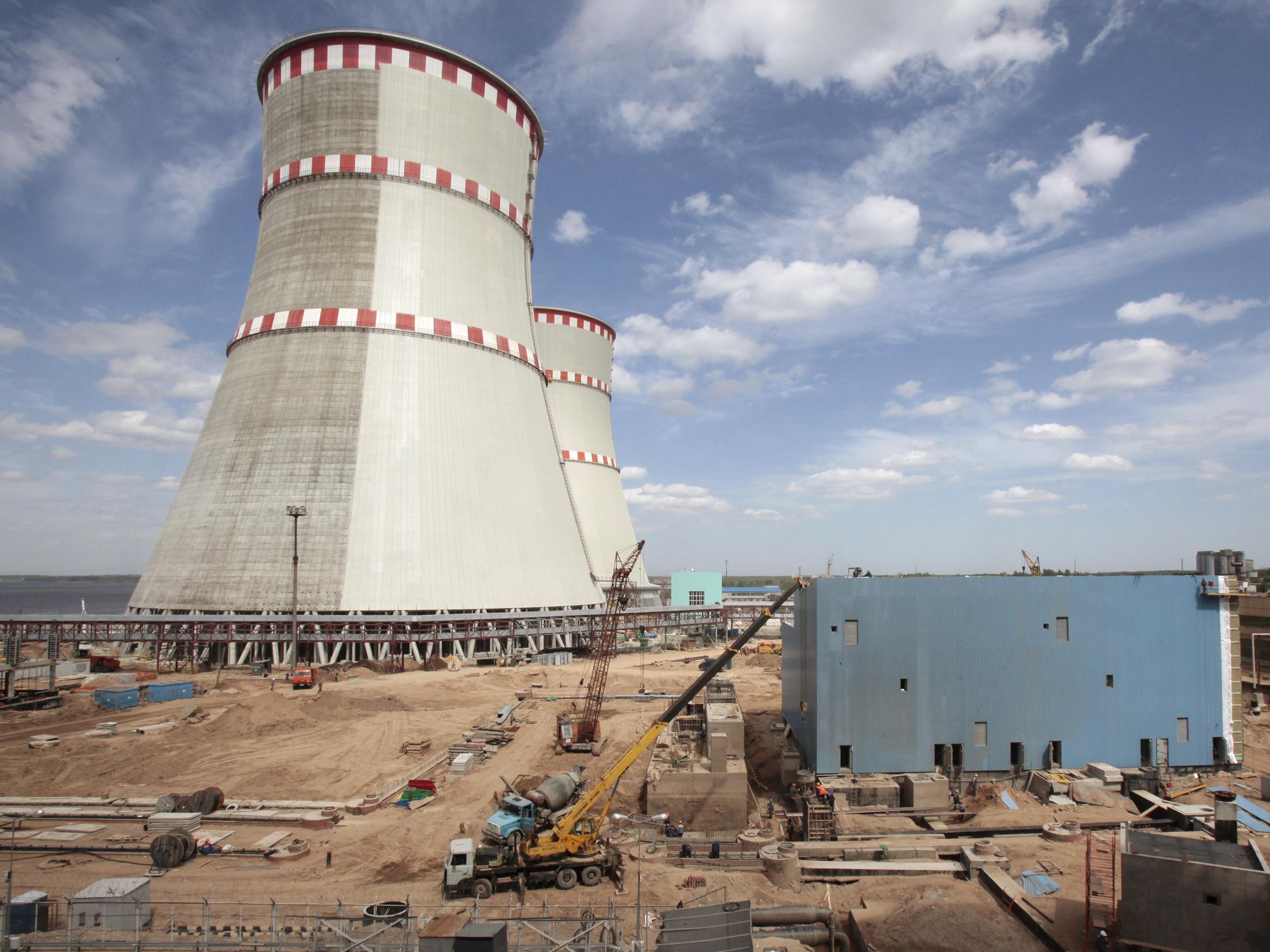Russian radioactivity recorded 986 times higher than usual as toxic cloud sparks nuclear accident rumours
Russian officials had previously denied any knowledge of a nuclear accident – but now the country's meteorological service admits finding traces of an isotope only produced by splitting atoms in a reactor

Russia has said it found "extremely high" concentrations of a radioactive isotope in some parts of the country in September, amid reports of a nuclear accident.
The announcement confirmed findings earlier this month by a French nuclear safety institute, the IRSN, which detected a cloud of radioactivity above Europe.
Russian officials had previously denied any knowledge of a nuclear accident that could have caused the cloud.
In October, state nuclear company Rosatom said at the time of the proposed accident "radiation around all objects of Russian nuclear infrastructure is within the norm and at the level of background radiation”.
But on Monday Russia's meteorological service, Rosgidromet, said “probes of radioactive aerosols from monitoring stations Argayash and Novogorny were found to contain radioisotope Ru-106 [Ruthenium-106]” between 25 September and 1 October.
Ruthenium-106 is a product of splitting atoms in a reactor and does not occur naturally.
The isotope was found in Tatarstan and southern Russia and had reached "all European countries starting in Italy and toward the north of Europe” from 29 September, it said.
The service did not specify where the pollution originated, but a concentration 986 times the natural background level was found at Argayash, a village close to the Russian border with Kazakhstan and around 20 miles from the Mayak nuclear facility.
An explosion at Mayak in 1957 exposed at least 272,000 people to dangerous levels of radiation. Mayak now serves as a site for reprocessing nuclear fuels.
In its report on the nuclear cloud, France's IRSN said the source of the pollution was probably an accident somewhere between the Volga river and the Ural mountains.
It said the levels of pollution were so high that if the accident had happened in France, authorities would have evacuated the site and the surrounding areas. But the organisation said the concentrations measured in Europe did not pose a threat to public health.
The institute said a nuclear reactor could not have been the source of the pollution because other radioactive elements would also have been detected. Instead, it said the pollution could have been discharged from an installation linked to the nuclear fuel cycle.
Join our commenting forum
Join thought-provoking conversations, follow other Independent readers and see their replies
Comments